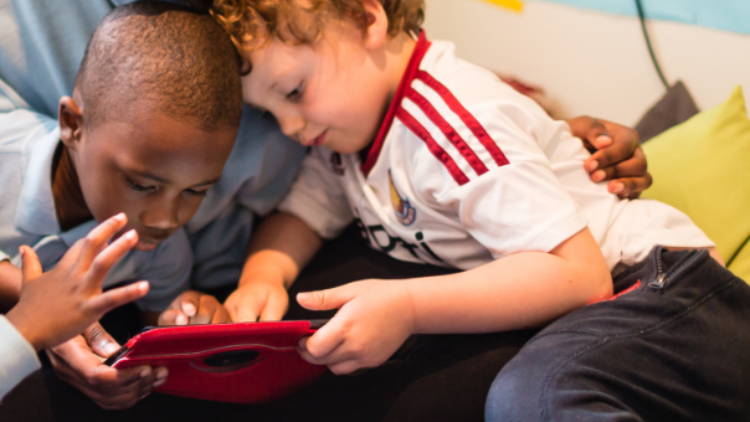Wraparound care: General safeguarding responsibilities and policies
Childcare providers looking after children under the age of eight for more than two hours a day must register with Ofsted on the compulsory part of the Childcare Register and adhere to statutory requirements. Safeguarding and promoting the welfare of children in wraparound care is everyone’s responsibility, from staff to volunteers. Everyone must ensure the environment is safe, happy and promotes the well-being of both the children and colleagues.
Every setting should have a named Designated Safeguarding Lead (DSL) responsible for managing safeguarding concerns. In a childminding setting in England, the registered childminder is the DSL. They are responsible for implementing robust safeguarding and child protection policies, which should include online safety procedures.
Providers on a school site in England must follow Keeping Children Safe in Education (KCSIE). If they are caring for a child in reception year or younger, they must follow the safeguarding requirements within the Early Years Foundation Stage (EYFS) statutory framework. Providers in Wales should follow the National Minimum Standards (NMS) for Regulated Childcare for children up to the age of 12.
All those working or living on the premises, and for domestic settings, anyone aged 16 or over who is present during childcare hours, should have an enhanced Disclosure and Barring Service (DBS) check with barred lists.
The DSL should ensure that all staff receive regular safeguarding training that meets the requirements of the Compulsory part of the Childcare Register and the Early Years Register, if the setting is also on both registers.

Online safety
Online safety is an essential element of safeguarding in wraparound care settings. Children attending may use digital devices or have internet access, which may include bringing their own devices.
All staff must know how to report any online safety issues, which should be recorded and actioned by the DSL.
There should be procedures in place to address safe and appropriate use of personal devices and technology, expectations for staff conduct (including social media and communication), and actions to take if concerns arise.
There needs to be clear boundaries and expectations that are shared with and understood by the staff, the children and the parents.
Personal devices
Many schools do not allow children to bring mobile phones and similar devices into school. If you are providing wraparound care on school premises, you need to be considerate of their safeguarding policies and procedures. It is important to think very carefully when considering allowing children to bring their own devices. It can be difficult for settings to manage this and ensure that the devices have the appropriate controls on them to ensure that children are accessing age-appropriate apps, sites and games.
An alternative option is to provide children with some devices that they can used whilst attending the wraparound care. When setting own the devices they are then able to ensure that there are appropriate controls on them to ensure children are only able to access age-appropriate sites, games and apps.
Safe use of technology in wraparound care settings
Many schools do not allow children to bring mobile phones and similar devices into school. If you are providing wraparound care on school premises, you need to be considerate of their safeguarding policies and procedures. It is important to think very carefully when considering allowing children to bring their own devices. It can be difficult for settings to manage this and ensure that the devices have the appropriate controls on them to ensure that children are accessing age-appropriate apps, sites and games.
An alternative option is to provide children with some devices that they can used whilst attending the wraparound care. When setting own the devices they are then able to ensure that there are appropriate controls on them to ensure children are only able to access age-appropriate sites, games and apps.
Staff training and conduct
All wraparound care staff must receive regular safeguarding training that includes online safety. This ensures everyone understands the risks children may face online (such as cyberbullying, grooming, or accessing inappropriate content) and how to respond if issues are identified.
Communication between staff, children, and parents should take place through official channels (work emails or phones), remain professional, and be open to monitoring or review if necessary.
Practical steps
Safeguarding and online safety policies should be accessible by either publishing them on the setting’s website or share them directly with parents and carers. There should be clear procedures in place that ensure that records a are created and maintained for any safeguarding incidents including any online safety incidents in accordance with the settings safeguarding reporting procedure.
For settings running on a school site, it is important the safeguarding arrangements meet the requirements set out in Keeping Children Safe in Education and the Early years foundation stage statutory framework when relevant.
Summary
Online safety in wraparound care means having robust, clear policies; training staff to understand and mitigate digital risks; setting secure technical controls; and empowering children to speak up about their online experiences. Following current government and NSPCC guidance ensures children remain safe both offline and online in these extended care settings.
